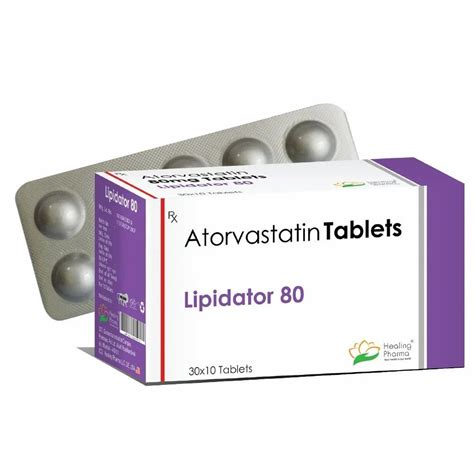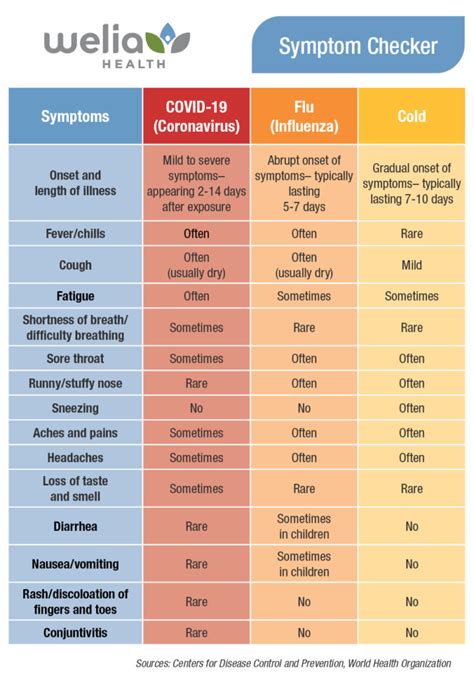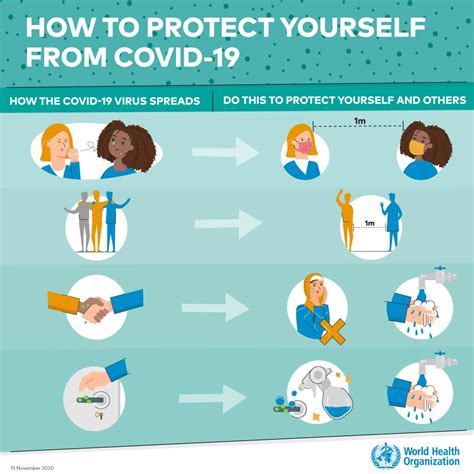When it comes to treating disc herniation, a comprehensive approach that incorporates physical therapy can be highly effective. Disc herniation, which occurs when the soft inner gel of the spinal disc leaks out through a tear in the outer layer, can cause significant pain, numbness, and weakness in the arms or legs. The primary goal of physical therapy in treating disc herniation is to alleviate symptoms, improve mobility and strength, and enhance the overall quality of life.
Understanding Disc Herniation
Before delving into the specifics of physical therapy for disc herniation, it’s essential to understand the condition itself. Disc herniation can occur in any part of the spine, although it’s most common in the lower back (lumbar spine) and neck (cervical spine). The symptoms can vary depending on the location and severity of the herniation but often include pain, numbness, tingling, and weakness in the affected area. In some cases, disc herniation may not cause noticeable symptoms, especially if the herniation is small and doesn’t press on nearby nerves.
Role of Physical Therapy
Physical therapy plays a crucial role in the treatment of disc herniation. A physical therapist can help patients manage their symptoms, improve their posture, strengthen their back and abdominal muscles, and enhance their overall physical function. The therapeutic approach is typically tailored to the individual’s specific needs and may include a combination of exercises, manual therapies, and education on proper body mechanics and posture.
Components of Physical Therapy for Disc Herniation
Pain Management: The initial focus of physical therapy is often on managing pain and reducing inflammation. Techniques such as heat or cold therapy, ultrasound, and electrical stimulation may be used to alleviate discomfort and promote healing.
Exercise Prescriptions: A customized exercise program is developed to improve flexibility, strength, and endurance. These exercises might include stretching to improve mobility, strengthening exercises for the back and abdominal muscles, and low-impact aerobic exercises such as cycling or swimming to improve cardiovascular fitness without putting excessive strain on the spine.
Posture and Body Mechanics Education: Proper posture and body mechanics can significantly reduce the strain on the spine and prevent further injury. Physical therapists educate patients on how to maintain good posture during daily activities, lift objects correctly, and avoid movements that could aggravate the condition.
Manual Therapy: Manual therapy techniques, including spinal manipulation and mobilization, can help reduce pain and improve spinal mobility. These techniques are carefully applied to ensure they are safe and effective for the patient’s specific condition.
Ergonomic Advice: Providing advice on how to set up a workspace or perform daily tasks in a way that minimizes strain on the spine is an essential part of physical therapy for disc herniation. This might include guidance on chair height, monitor placement, and taking regular breaks to stretch and move.
Benefits of Physical Therapy for Disc Herniation
Physical therapy offers numerous benefits for individuals with disc herniation, including:
- Reduced Pain: Through a combination of exercises, manual therapies, and education, physical therapy can help reduce the pain associated with disc herniation.
- Improved Function: By strengthening the muscles that support the spine and improving flexibility, physical therapy can enhance a patient’s ability to perform daily activities and maintain an active lifestyle.
- Minimized Need for Surgery: For many patients, physical therapy can be an effective alternative to surgery, helping to manage symptoms and prevent the condition from worsening.
- Long-term Management: Physical therapy provides patients with the tools and knowledge necessary to manage their condition effectively in the long term, reducing the risk of future episodes of back pain.
Case Study: Success with Physical Therapy
A recent case study highlighted the effectiveness of physical therapy in treating disc herniation. A 45-year-old male patient presented with severe lower back pain and numbness in his left leg, diagnosed as a result of a herniated disc in the lumbar spine. After undergoing a tailored physical therapy program that included exercises, manual therapy, and education on body mechanics, the patient reported a significant reduction in pain and improvement in his ability to perform daily activities. This example illustrates the potential of physical therapy to provide meaningful relief and improve the quality of life for individuals with disc herniation.
Conclusion
Physical therapy is a vital component of a comprehensive treatment plan for disc herniation, offering a nonsurgical approach to managing symptoms, improving function, and enhancing the overall quality of life. By understanding the role of physical therapy and the various components of a therapeutic program, individuals with disc herniation can make informed decisions about their treatment and work towards achieving optimal spinal health.
What are the primary goals of physical therapy for disc herniation?
+The primary goals of physical therapy for disc herniation are to alleviate symptoms, improve mobility and strength, and enhance the overall quality of life. This is achieved through a combination of exercises, manual therapies, and education on proper body mechanics and posture.
How can physical therapy help reduce the need for surgery in disc herniation cases?
+Physical therapy can help reduce the need for surgery by providing an effective means to manage symptoms, improve spinal function, and prevent the condition from worsening. Through targeted exercises and therapies, many patients are able to achieve significant relief from their symptoms without the need for surgical intervention.
What are some common exercises prescribed in physical therapy for disc herniation?
+Common exercises prescribed in physical therapy for disc herniation include stretching to improve flexibility, strengthening exercises for the back and abdominal muscles, and low-impact aerobic exercises. The specific exercises are tailored to the individual’s needs and the severity of their condition.



